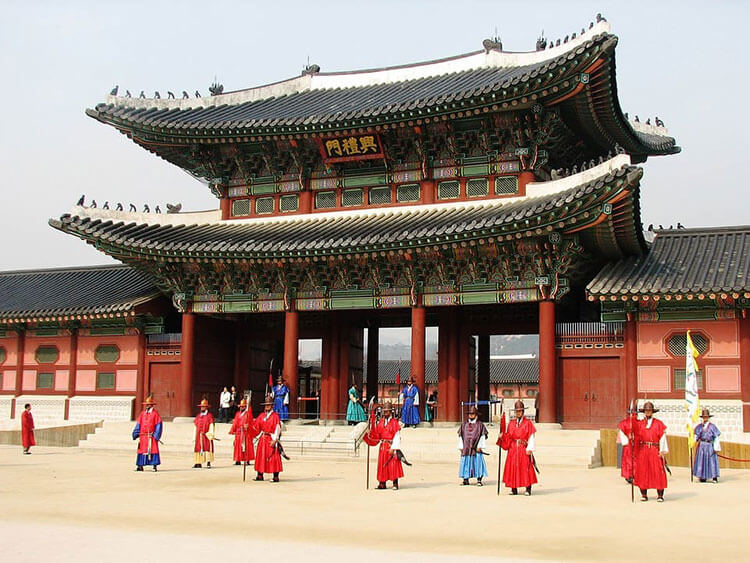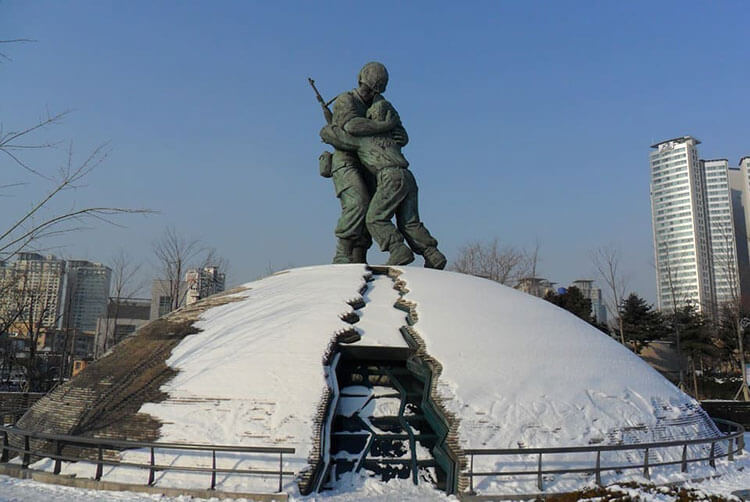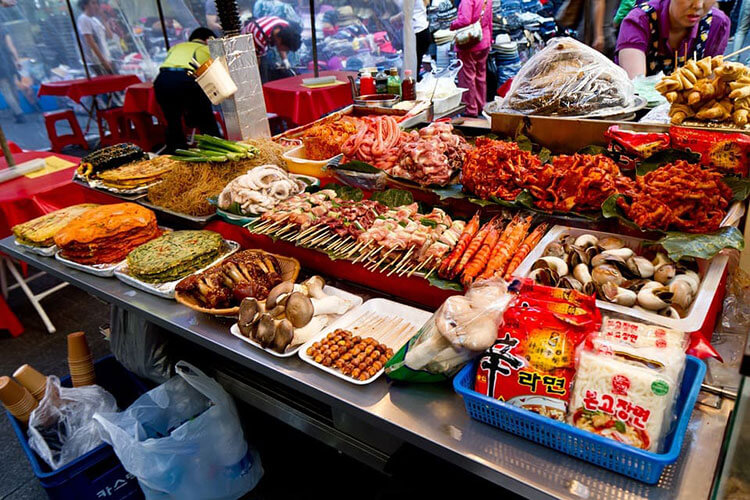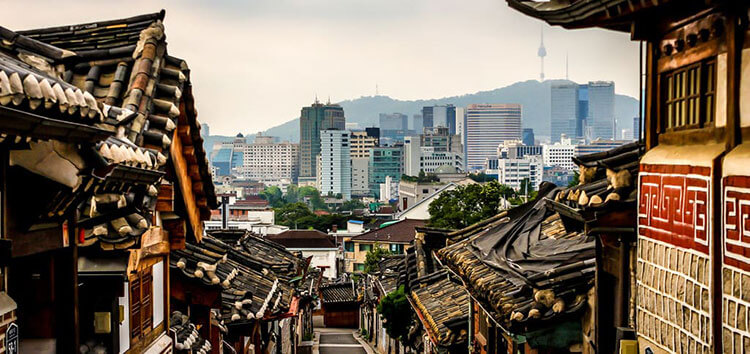Seoul is a fascinating, diverse metropolis with a population of 10 million (or 25 million if you include the wider metropolitan area). It is a mind-blowing combination of modern skyscrapers, extravagant Buddhist temples, royal palaces, as well as a number of breathtaking parks and nature reserves.
Places like Bukhansan National Park and its idyllic mountain temples are some of the most popular attractions around Seoul. For the sake of this article, we will stick to what the actual city, rather than its surrounding area, has to offer visitors.
Here is a list of must-see places in Seoul which will give you an insight into the city’s fascinating history and culture. South Korea is not as popular with tourists as neighboring countries such as Japan, but it is at least as dazzling and interesting. The new South Korea Online Visa has made it more accessible for those who want to visit.
The Nanta Theatre
Nanta is the longest-running show in Korean history and it is fun. The dynamic show involves music, audience participation, comedy, acrobatics, and magic tricks. It is very visual and slapstick and the few words are mostly spoken in English.
The story is about three chefs who have to prepare a wedding banquet within a strict time limit. It is one of the staff’s first day in the kitchen. Throughout the show there is traditional Korean samulnori music which unifies the various elements of the performance.
 Gyeongbokgung Palace
Gyeongbokgung Palace
Gyeongbokgung (aka the ‘Northern Palace’) is the most beautiful and the most exuberant of the ‘Five Grand Palaces of Seoul’. Its name translates to ‘palace of shining happiness’ and it dates back to the 14th century.
The Palace and its 7,700 rooms were destroyed by a fire in the 19th century but were restored during the reign of King Gojong. In the early 20th century the palace was destroyed again under the Japanese occupation and the subsequent reconstruction continues today.
 The War Memorial of Korea
The War Memorial of Korea
The museum was built in 1994 for the purpose of preventing war by teaching about the horrors of the Korean War. It also promotes the peaceful reunification of North and South Korea.
It has seven exhibitions including an outdoor exhibition which displays war memorabilia and military equipment including planes and tanks. One of the most moving parts is the Memorial Hall which names all of those who lost their lives during the Korean War.
Jongmyo Shrine
The 16th-century shrine is the oldest and the most authentic of the Confucian shrines (still intact). It is a UNESCO world heritage site and the ancestral tablets of the Joseon dynasty (1392-1910) are enshrined there.
It is said to be the world’s longest single wooden structure and it is an outstanding example of traditional Korean architecture.The style of the buildings is simple and elegant, rather than grand, and the atmosphere is sacred and solemn.
 Dongdaemun Market
Dongdaemun Market
Dongdaemun consists of 26 malls, around 30,000 shops, and covers an area of ten city blocks. You can find every imaginable item there. Many of the shops stay open until 5am and the market itself is open 24 hours a day.
It is so vast that you will need a map to find your way around. It can be an overwhelming experience but it is incredible. Aside from the shopping, the choice of food is also mouth-watering. You can go to Mukja Golmok (“Let’s eat Alley”) where you can find all kinds of Korean and foreign cuisine.
Changdeokgung Palace Complex
Changdeokgung Palace was the second of the ‘Five Grand Palaces of Seoul’ to be built. Unlike Gyeongbokgung it has remained unharmed over the last six centuries. Korea’s last emperor (Sunjong) lived and died in the palace and his descendants continued to live in one of the place’s clusters until the late 1980s.
The stunning palace has been highly influential in the development of Korean architecture and its surroundings are beautiful. Situated between Mount Bugaksan and the River Geumcheon, it was designed based on the Feng Shui principle of “baesanimsu”.
 Bukchon Hanok Village
Bukchon Hanok Village
Bukchon Hanok Village is located between the two major palaces, Gyeongbokgung and Changdeokgung. It is the largest area of traditional Korean wooden homes in Seoul and most of them are centuries old.
They were built during the Joseon dynasty in the architectural style of neo-Confucianism, which reflects harmony between structures and nature. It is a charming and picturesque area which is steeped in history.




Leave a Reply